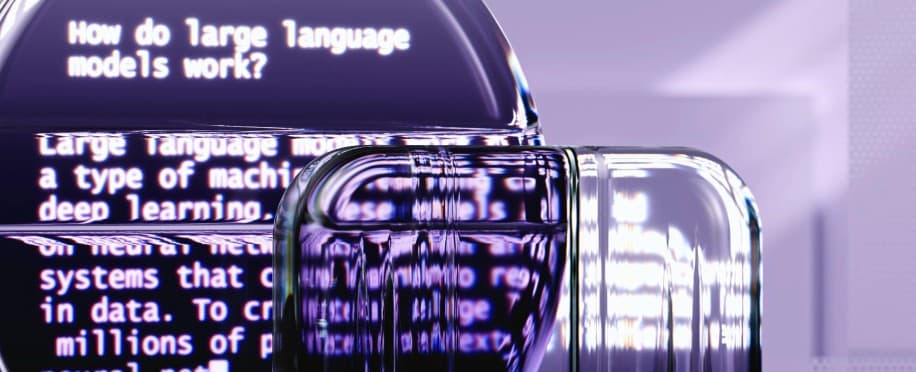Copyright © 2025 lpcentre.com All Rights Reserved. London Premier Centre For Training Ltd Registered in England and Wales, Company Number: 13694538
version: 3.0.1

Posted on : 2/10/2025, 9:21:55 PM
Geometric Deep Learning is experiencing groundbreaking advancements, opening new horizons for understanding geometrically structured data—such as neural networks, graphs, and complex objects. Unlike traditional deep learning, which relies on Euclidean data, this approach creates frameworks and techniques capable of processing structured data across a wide range of domains, ranging from visual recognition to molecular forecasting in pharmacology.
Geometric Deep Learning (GDL) is an emerging field centred around the principles of geometry and their applications in neural networks. So, with the increasing importance of multi-dimensional data representations, GDL contributes to developing algorithms that enhance our understanding of complex systems such as molecular spectra, social networks, and deep learning frameworks on manifolds.
Of course, traditional deep learning often relies on convolutional neural networks (CNNs) to analyze data with a topology—this approach struggles with irregular data such as graph configurations and non-Euclidean spaces. Geometric deep learning fills this gap by constructing neural mathematical frameworks capable of modelling complex relationships based on symmetry and equivariance principles. This ability to handle heterogeneous, non-Euclidean data sets GDL apart from traditional techniques—making it a powerful tool for addressing challenges in a variety of domains.

Geometry has always been essential to understanding the world, from classical Euclidean geometry to non-Euclidean forms such as hyperbolic and elliptical geometry. Recent advancements in AI highlight the necessity of unifying these theories into a comprehensive approach or overview for processing data in complex geometries, a term that fosters successful building of models and scientific applications.
In this context, Felix Klein's Erlangen Program, developed in 1872, provides a unified approach by characterizing data according to symmetries and invariance. This framework is now applied in geometric deep learning models, allowing intelligent systems to process diverse data in areas like chemical compound detection, climate prediction and visual analysis.
Geometric deep learning emerges as it implements analytical approaches to tackle problems in computer vision, robotics, and medical diagnosis through neural network-driven models. Therefore, it focuses on the underlying role of equivariant techniques in understanding complex data, including current issues in drug discovery and geospatial analysis. Its introduction is critical for fellow researchers aiming to address these tasks efficiently.
The demand for courses focusing on geometric deep learning is increasing—making AI courses in UK a common option for scholars and those interested in this field. These courses introduce developments in manifold theory, propose simple methods and help students learn to develop their skills.
Geometric deep learning is pushing the boundaries of machine learning, attempting to create more efficient models by applying core engineering principles in neural network architecture. Thus, it can be argued that, from different perspectives, it enables the development of multiple layers that analyze data across complex networks, which greatly advances the field.
This can only be achieved through AI courses in Dubai that offer both learners and interested practitioners a golden opportunity to study the advanced applications of deep learning engineering in smart urban environments. These courses shape the knowledge of participants by combining different methodologies and linking them to the necessary tools for success. They are particularly concerned with practical implementation and real-world problem-solving.
Geometric deep learning is reshaping the future of AI, opening up new avenues for analyzing complex data and developing smarter, more accurate architectures. Start your journey today and explore the latest technologies and applications that are revolutionizing AI in the USA and the UK.